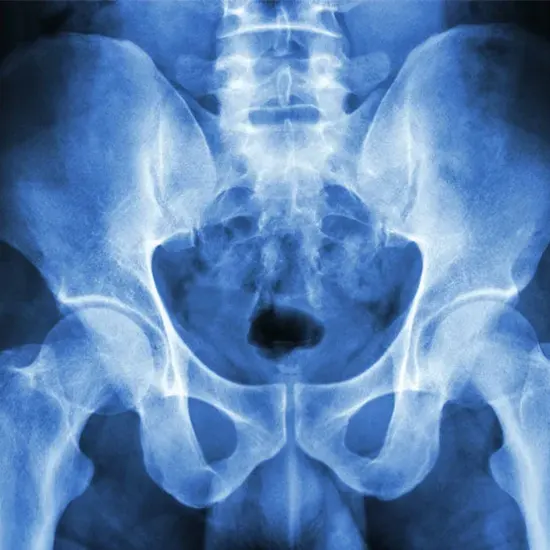
X-rays are frequently used in the follow-up of specific diseases or conditions to track disease development or assess treatment efficacy. The function of X-rays in ongoing disease care varies on the particular condition under...
X-rays are frequently used in the follow-up of specific diseases or conditions to track disease development or assess treatment efficacy. The function of X-rays in ongoing disease care varies on the particular condition under observation.
X-rays, for instance, could be used as a follow-up for:
Bone fractures
X-rays are frequently used to assess the position of the bone pieces and track the healing of bone fractures. To make sure the fracture is healing properly, follow-up X-rays may be performed at regular intervals.
Arthritis
X-rays are frequently used to assess joint damage and track the development of arthritis. It is possible to take follow-up X-rays regularly to track the development of the disease and evaluate the efficacy of treatment.
Lung disease
X-rays can be used to track the development of lung conditions like tuberculosis or chronic obstructive pulmonary disease (COPD). It is possible to take follow-up X-rays regularly to track the development of the disease and evaluate the efficacy of treatment.
Cancer
Cancer: X-rays can be used to monitor a patient's cancerous growth and determine how effectively a given treatment is working. To monitor the tumor's size and check for any indications of cancer recurrence, routine follow-up X-rays may be taken.
For orthopaedic procedures like spine surgery or joint replacements, X-rays may be used as a follow-up. To assess the location of the hardware or monitor the healing of the broken bones, further X-rays may be required.
X-rays can be used to monitor the progression of spine conditions such scoliosis and spinal stenosis. Additional X-rays may be taken to assess the level of spinal cord compression or gauge the curvature of the spine.
Heart disease
X-rays can be used to track the condition's development and assess the efficacy of treatment. Chest X-rays, for instance, can be used to check the size of the heart or find fluid buildup in the lungs.
Illnesses affecting the digestive system
X-rays can be used to track the development of illnesses like Crohn's disease or ulcerative colitis that affect the digestive system. To determine the degree of inflammation or damage to the digestive tract, further X-rays may be obtained.
Kidney stones
X-rays can be used to check on the progress of kidney stones or to assess how well a treatment is working. To keep an eye on the size and position of the kidney stones, follow-up X-rays may be performed frequently.
Post-operative procedures
X-rays may be used as a follow-up for orthopedic procedures including spine surgery or joint replacements. It may be necessary to take additional X-rays to evaluate the hardware's positioning or to track the recovery of the injured bones.
Pulmonary Tuberculosis
X-rays are frequently used to track the success of treatment for pulmonary tuberculosis (TB). At regular intervals, follow-up X-rays may be performed to evaluate the severity of lung damage and make sure the TB infection is fading.
Osteoporosis
X-rays can be used to track the development of osteoporosis and assess how well a treatment is working. To evaluate the strength and density of the bones and to check for any fractures, subsequent X-rays may be obtained.
Dental issues
X-rays are frequently used as a follow-up for dental issues such as tooth decay or root canal treatments. To evaluate the degree of tooth decay or damage and to keep track of the healing process following a procedure, follow-up X-rays may be done.
Spinal Disorders
X-rays can be used to track the development of spinal disorders like spinal stenosis and scoliosis. To determine the degree of spinal cord compression or to measure the curvature of the spine, further X-rays may be performed.
In every situation, the function of X-rays in ongoing disease care will vary based on the particular ailment being tracked and the therapy being applied. Based on the requirements of each patient, the healthcare provider will choose the frequency and timing of follow-up X-rays.
Particularly if frequent imaging is required, it's critical to weigh the potential radiation exposure benefits and risks of X-rays. A minimal amount of radiation will be applied by the healthcare professional to gather the required data.









